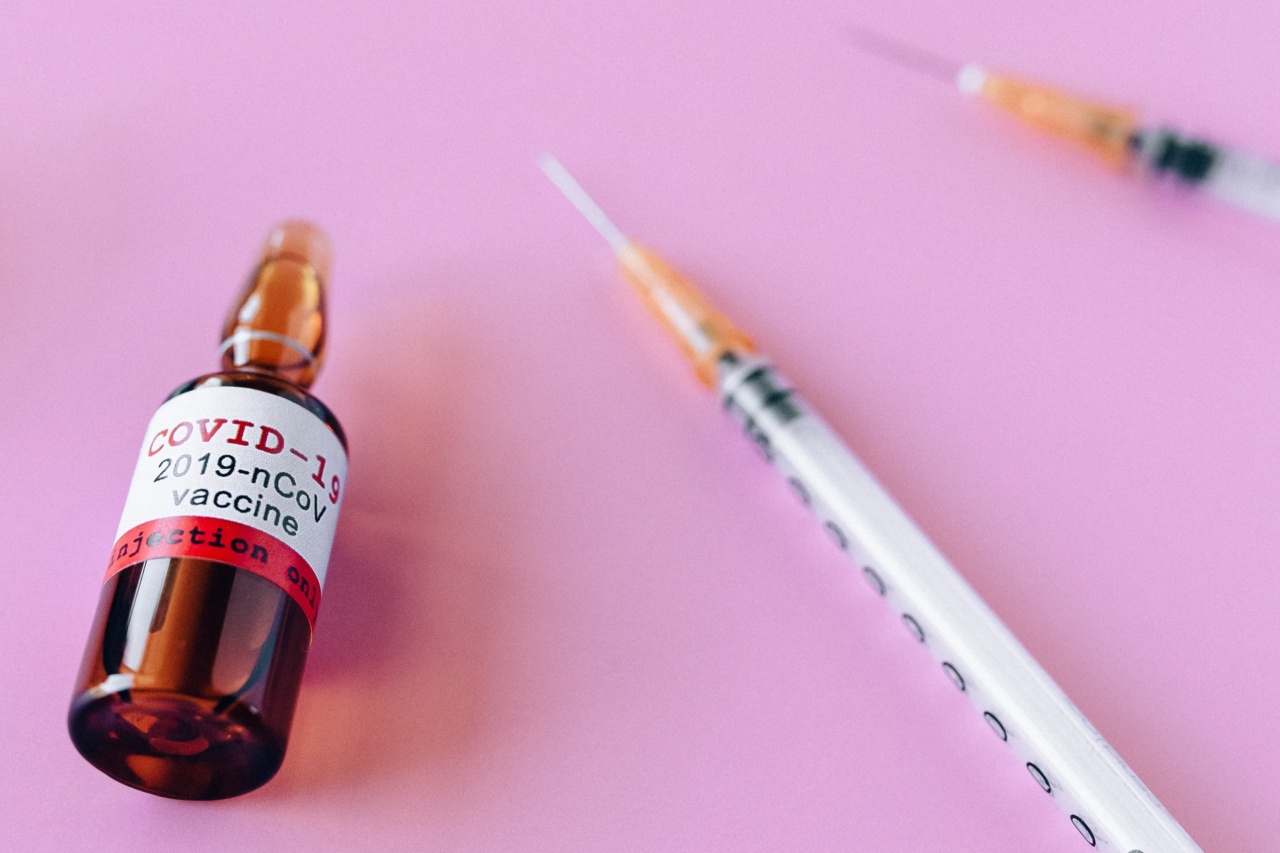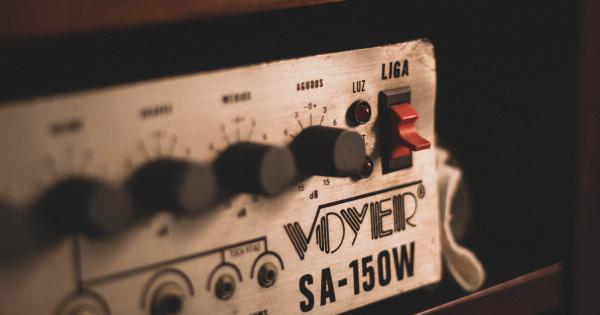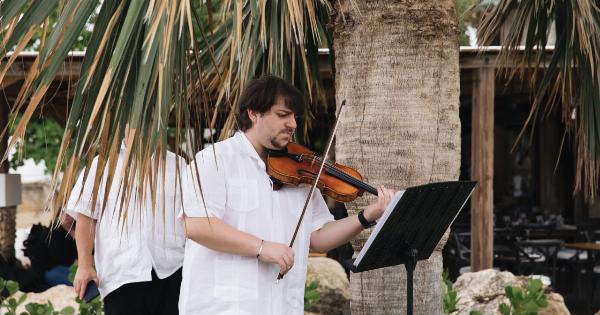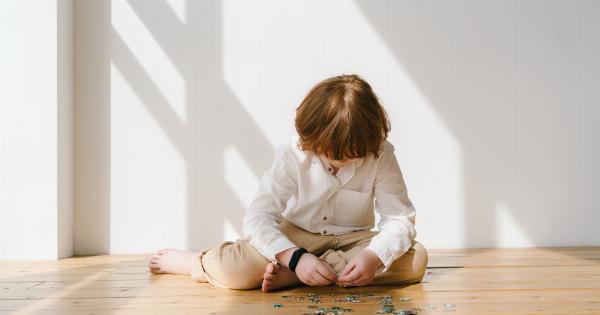Autism or Autism Spectrum Disorder (ASD) is a developmental disorder that affects communication, behavior, and social interaction. It is a condition that affects 1 in 54 children in the United States and can be diagnosed as early as 2 years old.
There are various therapies and interventions available for autism treatment, but one that has shown promising results is music therapy.
Music therapy involves using music to address emotional, cognitive, communication, and social needs of individuals with autism.
The following musical instruments are beneficial for autism treatment and development:.
1. Piano/Keyboard
The piano/keyboard is a versatile instrument that can be used in various music therapy interventions for autism. It is an instrument that provides predictable sounds and can be helpful in teaching individuals with autism about cause and effect.
It also provides an opportunity for group participation, turn-taking, and collaboration in playing music.
2. Guitar
The guitar is another versatile instrument that can be used for autism treatment and development. It is an instrument that is easy to hold and can provide tactile stimulation.
Playing the guitar also provides an opportunity for individuals with autism to express themselves creatively, increase their confidence, and improve their communication skills.
3. Drums
Drums provide a rhythmic beat that can be therapeutic for individuals with autism. Playing the drums can help regulate emotions, increase attention span, and improve motor coordination.
It can also provide an opportunity for individuals to take turns and collaborate with others in creating music.
4. Ukulele
The ukulele is a small, four-stringed instrument that is easy to hold and play. It provides a calming sound and can be used in various music therapy interventions for autism.
Playing the ukulele can help increase hand-eye coordination, fine motor skills, and improve socialization and communication skills.
5. Percussion Instruments
Percussion instruments such as maracas, tambourines, and shakers are great tools for music therapy interventions for autism.
They provide an opportunity for individuals to explore different sounds and textures, improve their motor skills, and enhance their attention and concentration.
6. Flute
The flute is a wind instrument that can provide a calming and relaxing sound. Playing the flute can help individuals with autism regulate their breathing and improve their focus and concentration.
It can also provide an opportunity for self-expression and creative exploration.
7. Violin
The violin is a stringed instrument that provides a rich, melodious sound. Playing the violin can help individuals with autism improve their fine motor skills, hand-eye coordination, and concentration.
It can also provide an opportunity for collaboration and social interaction in playing music with others.
8. Trumpet
The trumpet is a brass instrument that can provide a powerful and energetic sound. Playing the trumpet can help individuals with autism improve their breathing, concentration, and attention.
It can also provide an opportunity for self-expression and creative exploration.
9. Harp
The harp is a stringed instrument that provides a calming and soothing sound. Playing the harp can help individuals with autism improve their fine motor skills, hand-eye coordination, and concentration.
It can also provide an opportunity for creative expression and exploration.
10. Xylophone
The xylophone is a percussion instrument that provides a tuned sound and can be used in various music therapy interventions for autism. Playing the xylophone can help improve fine motor skills, hand-eye coordination, and concentration.
It can also provide an opportunity for self-expression and creative exploration.
Conclusion
In conclusion, music therapy using various musical instruments can be beneficial for the treatment and development of individuals with autism.
Music therapy can help improve communication, socialization, and emotional regulation, and using musical instruments can provide an opportunity for creative expression, collaboration, and exploration.



























